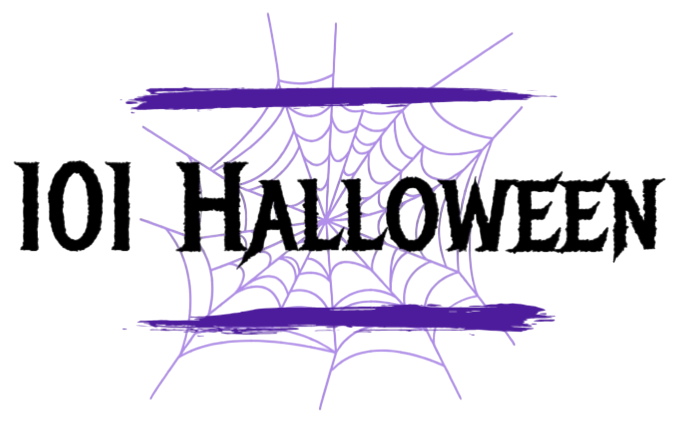
Ever thought about what it looks like to be examining probably the most experienced subject on the planet? The return of the ‘Liberal Arts’ to the ancient Greeks, who believed that liberal arts education was a definite sign of an informed individual. While liberal arts training has long had an established place in the US advanced education structure, it has recently resurfaced in continental Europe, where it began. In the meantime, in Asia, there is an organization of decent liberal arts college, the Alliance of Liberal Arts Universities (AALAU) – a gathering that was created in November 2017.
A Concise History of Liberal Arts Education
During the age of the old-style relic, the liberal arts were seen as a fundamental instruction to free individual dynamics in city life. At that point, this would involve the option to participate in open discussion, protect the self and serve on courts and juries, and provide military assistance. As of now, the liberal arts covered only three subjects: syntax, speech, and reasoning, generally known as fundamental intersectionality. This was achieved in ages past to incorporate four other disciplines: mathematics, calculus, music, and stargazing, called the quadrivium – so there were seven liberal arts disciplines in the midlife liberal arts educational plan.
Impressively more problematic than academic intersectionality, the quadrivium was used to establish its substitutes for the more genuine investigation of reasoning and religious philosophy. Liberal arts training aimed to provide an individual who was prudent and moral, educated in many fields, and exceptionally articulate. Current liberal arts education programs, however, allow student students to consider a much broader scope of subject matter, yet they do maintain the core points of conventional liberal arts education plans: promoting balanced people with general information about a broad scope of subjects and authoritative from a scope of adaptable skills.
What is liberal arts education today?
Anyway, in an advanced environment, what is liberal arts instruction? There are currently many issues that fall within the expansive range of classification; an intermediate liberal arts degree program is interdisciplinary, covering points within the humanities as well as friendly, regular, and formal sciences. There are contrasts in the specific issues addressed by liberal arts degree programs at various foundations.








